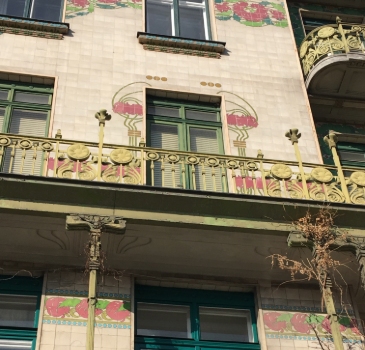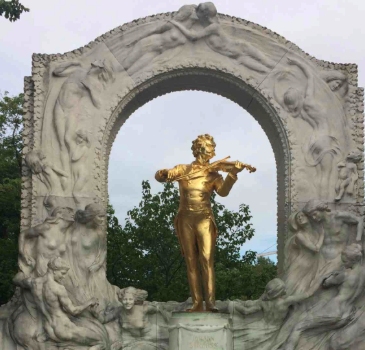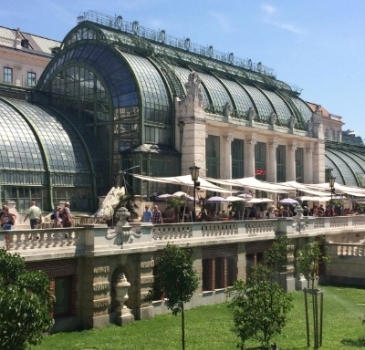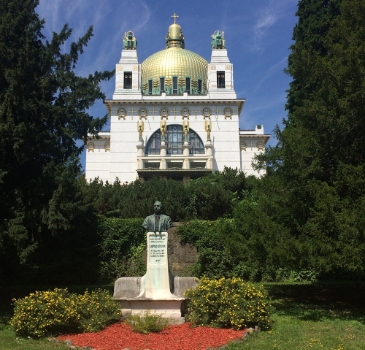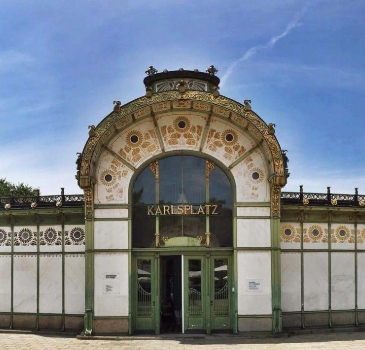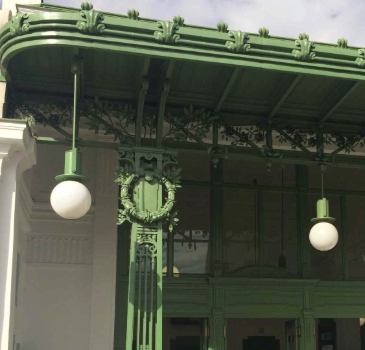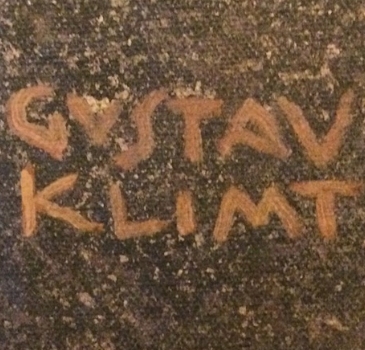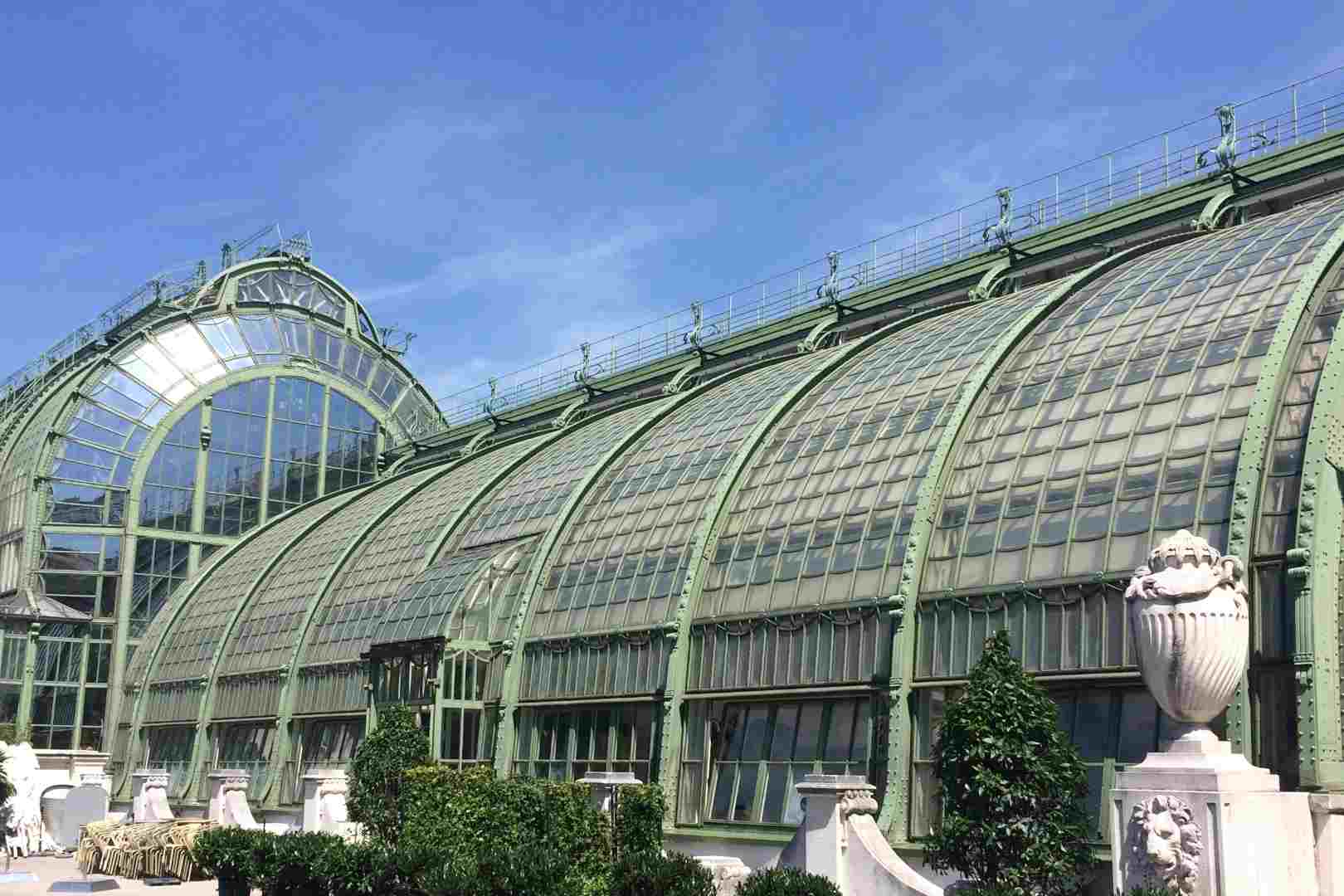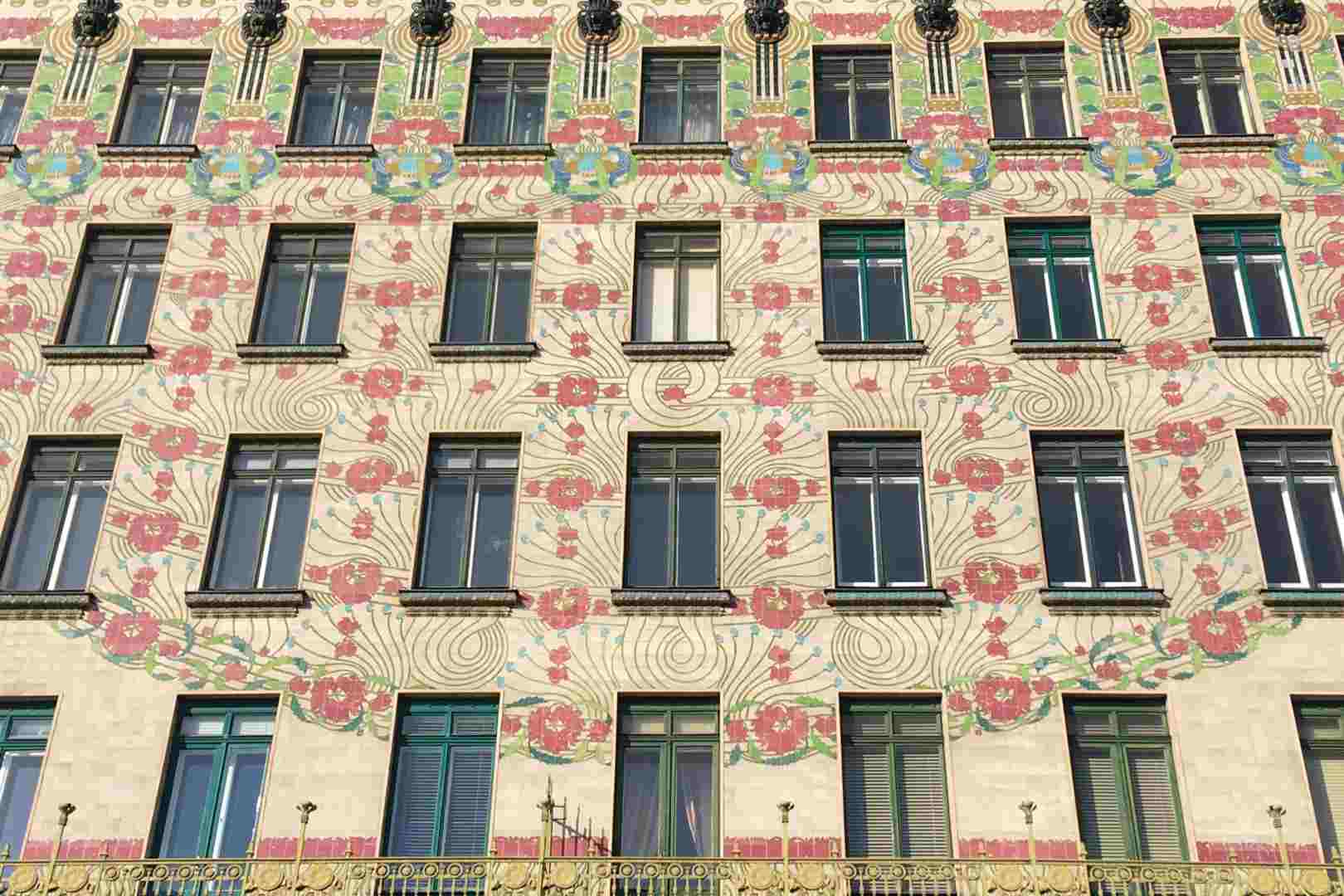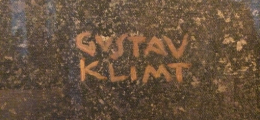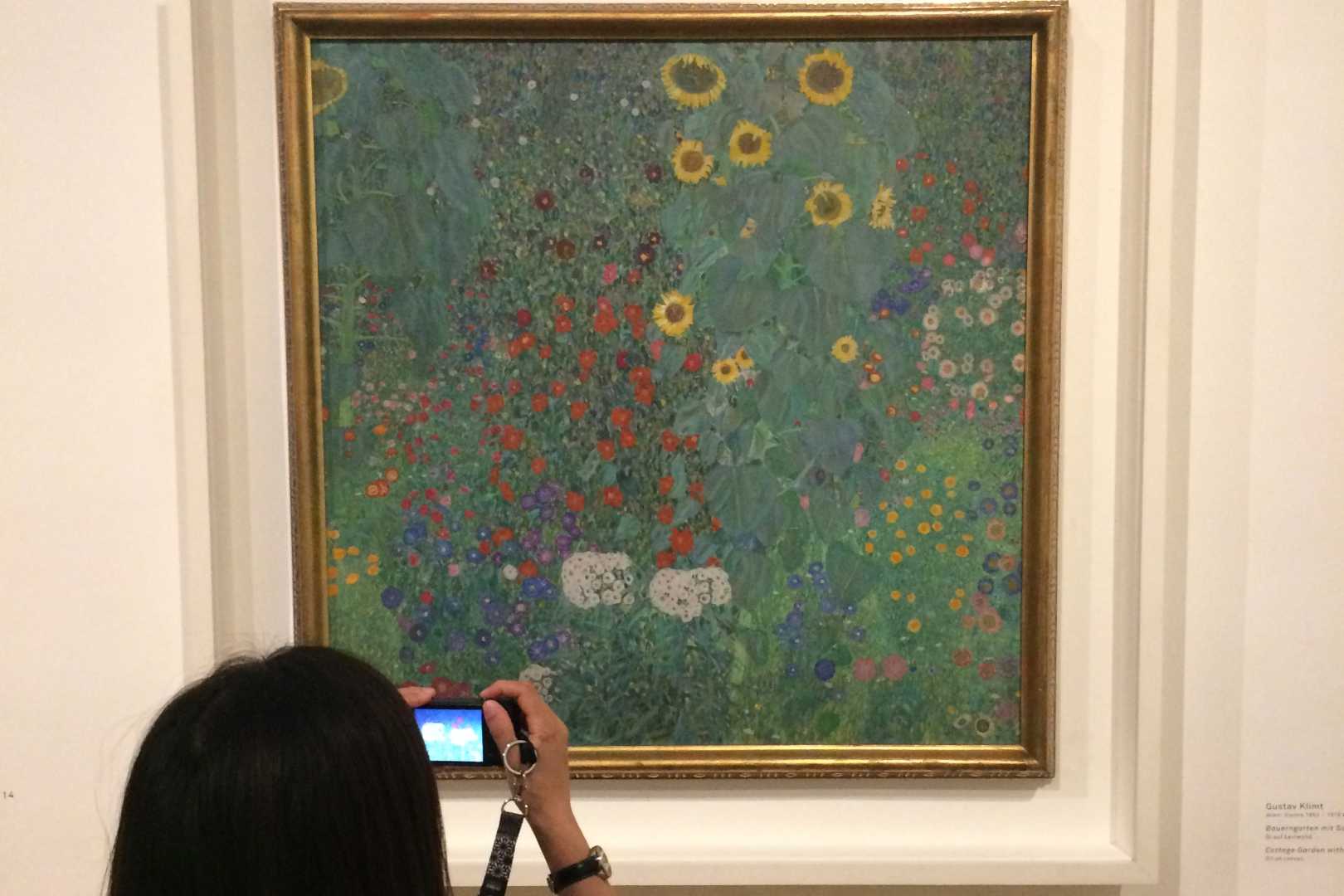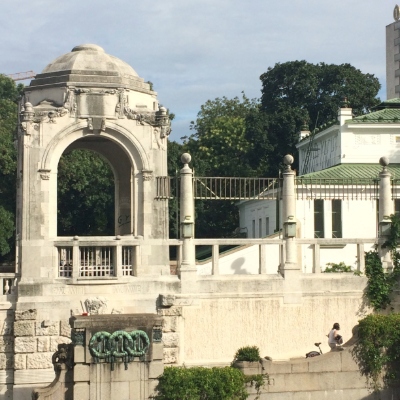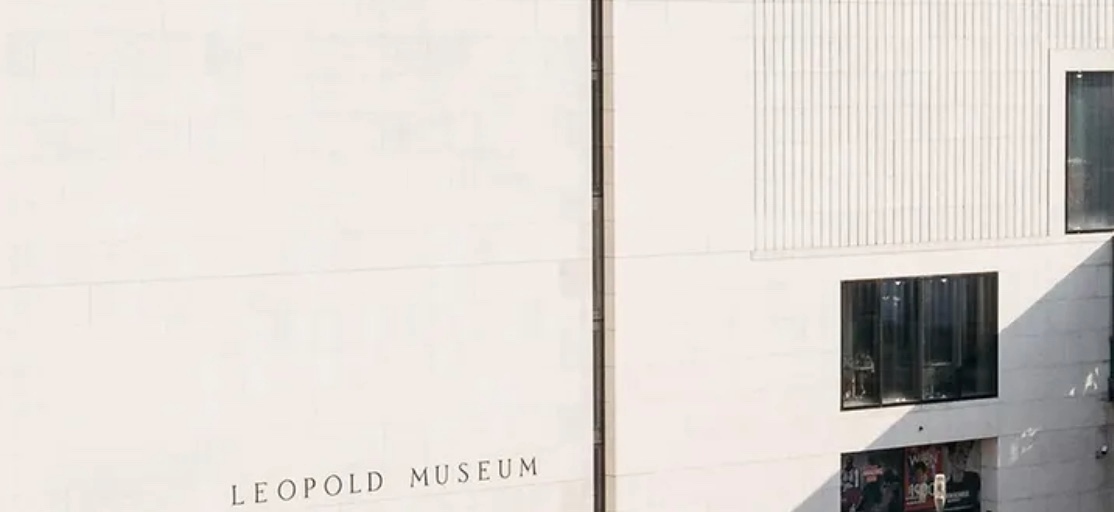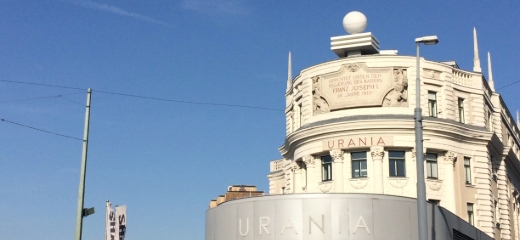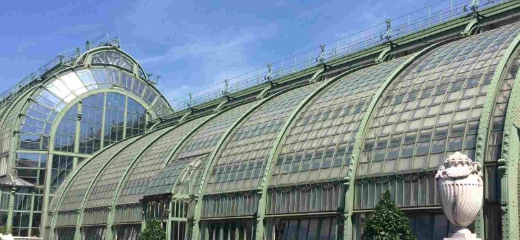Discover Vienna: The Imperial City of Music and Culture
Vienna, Austria’s elegant capital, is renowned for its imperial palaces, classical music, and rich cultural scene. With its grand architecture and lush parks, Vienna offers a timeless European experience.
Why You’ll Love Vienna
Vienna, Austria’s elegant capital, is renowned for its imperial palaces, classical music, and rich cultural scene. With its grand architecture and lush parks, Vienna offers a timeless European experience.
Visit the stunning Schönbrunn Palace, explore the artistic treasures of the Kunsthistorisches Museum, or take a stroll through the historic Innere Stadt. Vienna’s coffeehouses and opera houses provide a perfect blend of tradition and sophistication.
A local guide can help you discover Vienna’s lesser-known gems, like the bohemian charm of the Naschmarkt or the peaceful woods of the Wienerwald. As the sun sets, enjoy a classical concert or savor a slice of Sachertorte in a cozy café.
Vienna’s blend of imperial elegance and artistic heritage makes it a must-visit destination for lovers of history and culture.
Gustav Klimt and Vienna
Gustav Klimt, a central figure of Vienna’s Art Nouveau movement, or Jugendstil, revolutionized art at the turn of the 20th century with his opulent and symbolic style. A founding member of the Vienna Secession, Klimt broke away from traditional artistic norms to explore themes of beauty, desire, and mortality. His works, such as The Kiss and Portrait of Adele Bloch-Bauer I, are celebrated for their intricate golden patterns, sensuous forms, and dreamlike quality. Klimt’s influence extends beyond painting; his innovative approach helped shape Vienna’s identity as a hub of modernist art and design, leaving an indelible mark on the city’s cultural landscape.
Otto Wagner, the trailblazer of Viennese Modernism
Otto Wagner, often hailed as the pioneer of Viennese Modernism and modern urbanism, revolutionized the architectural landscape of Vienna at the turn of the 20th century. His visionary approach merged functionality with aesthetics, breaking away from historicist styles and laying the foundation for modern architecture.
s the mastermind behind transformative projects like the Vienna Stadtbahn and the iconic Postsparkasse (Postal Savings Bank), Wagner emphasized practicality, innovative materials, and streamlined design. His work not only defined the Art Nouveau (or Secession) movement in Vienna but also shaped the city’s growth, connecting urban planning with a bold, forward-thinking vision.
Egon Schiele and Vienna
Egon Schiele, a protégé of Gustav Klimt, brought a raw intensity to Vienna’s art scene during the early 20th century. Known for his expressive, often provocative works, Schiele’s style pushed the boundaries of traditional art with distorted figures, bold lines, and an unflinching focus on human vulnerability and emotion. His self-portraits and depictions of Vienna’s landscapes reveal a deep psychological depth, reflecting the turbulent social and personal dynamics of his time. Despite his short life, Schiele became a pivotal figure in Viennese Expressionism, solidifying Vienna’s reputation as a center for groundbreaking, avant-garde art.
Vienna has multiple names
- Vienna: The English name.
- Wien: This is the German name for Vienna and is the most commonly used name in Austria.
- Vienne: The French name for Vienna.
- Viena: The Spanish name for Vienna..
- Vianna: Occasionally used in some contexts, though less common.
Additionally, Vienna is sometimes referred to by historical or cultural titles, such as: - The City of Music: Due to its rich musical history and association with composers like Mozart and Beethoven.
- The Imperial City: Reflecting its historical role as the capital of the Austro-Hungarian Empire.

